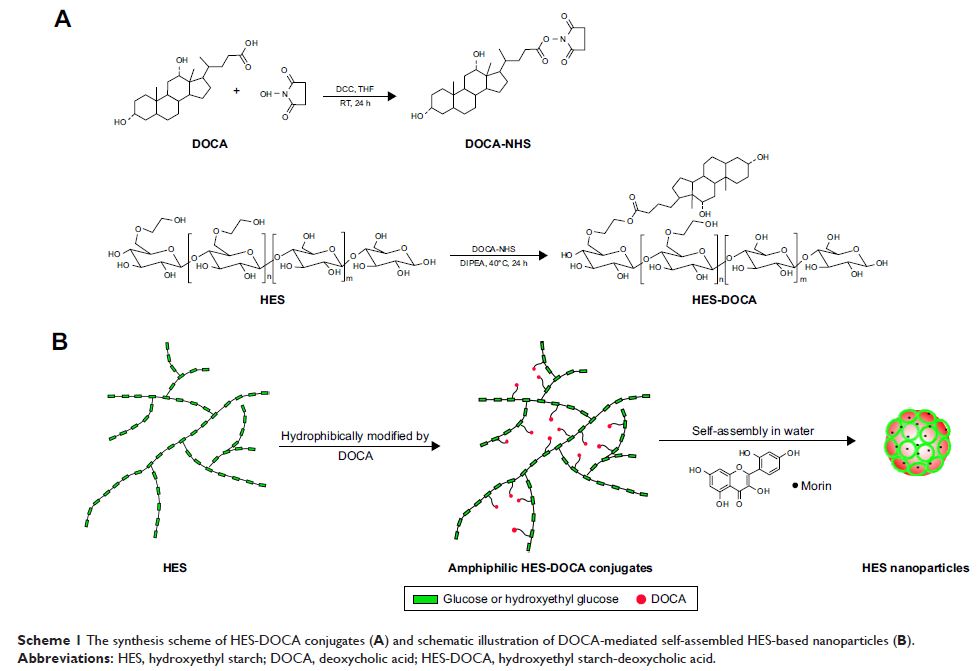108985
论文已发表
注册即可获取德孚的最新动态
IF 收录期刊
- 3.4 Breast Cancer (Dove Med Press)
- 3.2 Clin Epidemiol
- 2.6 Cancer Manag Res
- 2.9 Infect Drug Resist
- 3.7 Clin Interv Aging
- 5.1 Drug Des Dev Ther
- 3.1 Int J Chronic Obstr
- 6.6 Int J Nanomed
- 2.6 Int J Women's Health
- 2.9 Neuropsych Dis Treat
- 2.8 OncoTargets Ther
- 2.0 Patient Prefer Adher
- 2.2 Ther Clin Risk Manag
- 2.5 J Pain Res
- 3.0 Diabet Metab Synd Ob
- 3.2 Psychol Res Behav Ma
- 3.4 Nat Sci Sleep
- 1.8 Pharmgenomics Pers Med
- 2.0 Risk Manag Healthc Policy
- 4.1 J Inflamm Res
- 2.0 Int J Gen Med
- 3.4 J Hepatocell Carcinoma
- 3.0 J Asthma Allergy
- 2.2 Clin Cosmet Investig Dermatol
- 2.4 J Multidiscip Healthc

用于高尿酸血症治疗的自组装羟乙基淀粉纳米粒负载类黄酮Morin的制备、表征及系统应用
Authors Li J, Yang Y, Lu L, Ma Q, Zhang J
Received 1 December 2017
Accepted for publication 17 February 2018
Published 10 April 2018 Volume 2018:13 Pages 2129—2141
DOI https://doi.org/10.2147/IJN.S158585
Checked for plagiarism Yes
Review by Single-blind
Peer reviewers approved by Dr Cristina Weinberg
Peer reviewer comments 2
Editor who approved publication: Dr Linlin Sun
Background: Morin, one of the most widely distributed flavonoids in plants, has been
identified as a potent antihyperuricemic agent. Its poor water solubility and
fast in vivo clearance, however, have limited its application in the treatment
of hyperuricemia. In this study, a novel amphiphilic polymer (hydroxyethyl
starch-deoxycholic acid [HES-DOCA]) was synthesized to overcome these
limitations.
Methods: HES-DOCA conjugates with various substitution
degrees were prepared by chemical grafting DOCA to HES through ester formation.
The structures of the conjugates were confirmed by infrared spectroscopy
and 1H-NMR. Physicochemical characterizations of HES-DOCA
nanoparticles-loaded Morin (Morin/HES-DOCA-NPs) were studied using dynamic
light scattering and transmission electron microscopy (TEM). In vitro release
studies were performed to evaluate the release properties of Morin from the
NPs. Subsequently, in vivo pharmacokinetic parameters of Morin/HES-DOCA-NPs
were investigated in Wistar rats through intravenous administration (2 mg/kg,
equivalent to Morin). Antihyperuricemic efficacy of the NPs was evaluated in a
rat hyperuricemic model.
Results: The optimized HES-based amphiphilic polymer contained
approximately 10 DOCA groups per 100 anhydroglucose units of HES, which can
spontaneously self-assemble to form spherical NPs as demonstrated by TEM
images. Morin/HES-DOCA-NPs were monodispersed (polydispersity index = 0.05)
with a mean diameter of 197 nm and exhibited a zeta potential of -14 mV. The
use of DOCA as the polymer’s hydrophobic segment enabled high drug loading
efficiency (15.6%). After systemic administration, Morin/HES-DOCA-NPs exhibited
significantly longer half-life and higher systemic exposure (elimination
half-life and area under the plasma concentration–time curve) compared with
free drug Morin. In a rat hyperuricemic model, treatment with
Morin/HES-DOCA-NPs demonstrated superior therapeutic efficacy over Morin in
decreasing serum uric acid level, increasing the uricosuric action, as well as
attenuating hyperuricemia-associated inflammation in kidney of rats.
Conclusion: Collectively, these findings suggest that the novel
HES-based NP formulation of Morin may have great potential for clinical
treatment of hyperuricemia.
Keywords: HES-DOCA, drug
loading efficiency, antihyperuricemic activities, half-life
